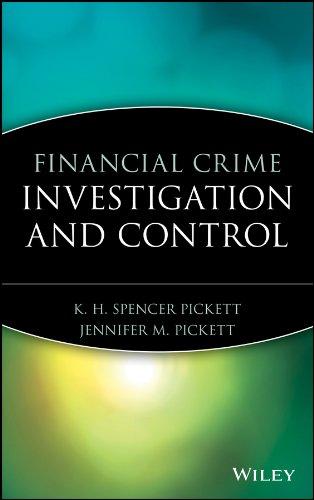Question
ZigZag provided an extract of the asset register as at the end of the current and prior financial year: ASSETS CARRYING AMOUNTS 31 December 2020
ZigZag provided an extract of the asset register as at the end of the current and prior financial year: ASSETS CARRYING AMOUNTS 31 December 2020 R 31 December 2019 R Land (1) 3 800 000 3 000 000 Office buildings (2) 1 900 000 1 370 000 Industrial buildings (3) 3 333 333 3 666 667 Machinery (4) 1 800 000 2 700 000 Additional information: 1. Land is vacant land and it is classified as investment property. The land was acquired on 1 April 2019 at R2 800 000. The fair value adjustments have been accounted for at the end of the respective financial years. 2. The office building was acquired on 1 July 2019 for R1 400 000 and was revalued for the first time on 31 December 2020 to its fair value of R1 900 000. The office buildings are depreciated on the straight line basis over 20 years to its residual value of R200 000. During 2019, management expected to use the asset up to the end of its economic life. On 1 January 2020, management estimated the remaining useful life of the building to have changed to 10 years and the residual value to be R500 000. In December 2020 the management changed the intention and decided they were going to sell the office building. Office buildings have no capital allowances available. 3. Industrial buildings are depreciated over 12 years on the straight line basis. In terms of the Income tax act, a section 13 allowance of 5% applies to the industrial buildings. The buildings were bought on 1 January 2019, with the intention to keep the building, for an amount of R4 000 000 paid in cash immediately with its residual value regarded as being insignificant. 4. Machinery is depreciated on a straight line basis at 20% per year to Rnil residual value. The SARS allows a section 12C allowance of 40%/20%/20%/20% on machinery. The machinery had a tax base of R1 800 000 on 31 December 2019 and R900 000 on 31 December 2020. No additional machinery was acquired during FY2020. 5. ZigZag always pays their insurance in advance. At the end of FY2020 the balance for insurance paid in advance amounted to R35 000 (2019: R25 000). 6. On 1 December 2020, Zamdela, a loyal customer, ordered transportation equipment from ZigZag which will be delivered to him during December 2021. ZigZag received R500 000 from Zamdela in cash when the order was placed. 7. The accounting profit before tax, which included dividends received of R40 000, amounted to R3 200 000 for the year ended 31 December 2020. All above mentioned movements were taken into account in arriving at this accounting profit. 8. The deferred tax asset balance as at 31 December 2019 was R390 150 due to an assessed loss of R2 200 000 that existed at that time. ZigZag expected to make sufficient taxable profits during 2020 and onwards to fully utilize assessed losses and other deductible temporary differences. Office buildings are carried on the revaluation model using the net replacement method in terms of IAS 16. Machinery is measured on the cost model in terms of IAS 16. Industrial buildings are measured on the cost model in terms of IAS 16 All other items of property, plant and equipment are accounted for on the cost model in terms of IAS 16.
Depreciation and amortisation are accounted for on the straight-line method. Assume a normal tax rate of 28% for FY2020 (2019: 27%) and that 80% of capital gains are taxable. There are no temporary differences other than those that are apparent from the given information.
Required: Calculate deferred tax balances for the year ended 31 December 2020
Step by Step Solution
There are 3 Steps involved in it
Step: 1

Get Instant Access to Expert-Tailored Solutions
See step-by-step solutions with expert insights and AI powered tools for academic success
Step: 2

Step: 3

Ace Your Homework with AI
Get the answers you need in no time with our AI-driven, step-by-step assistance
Get Started


